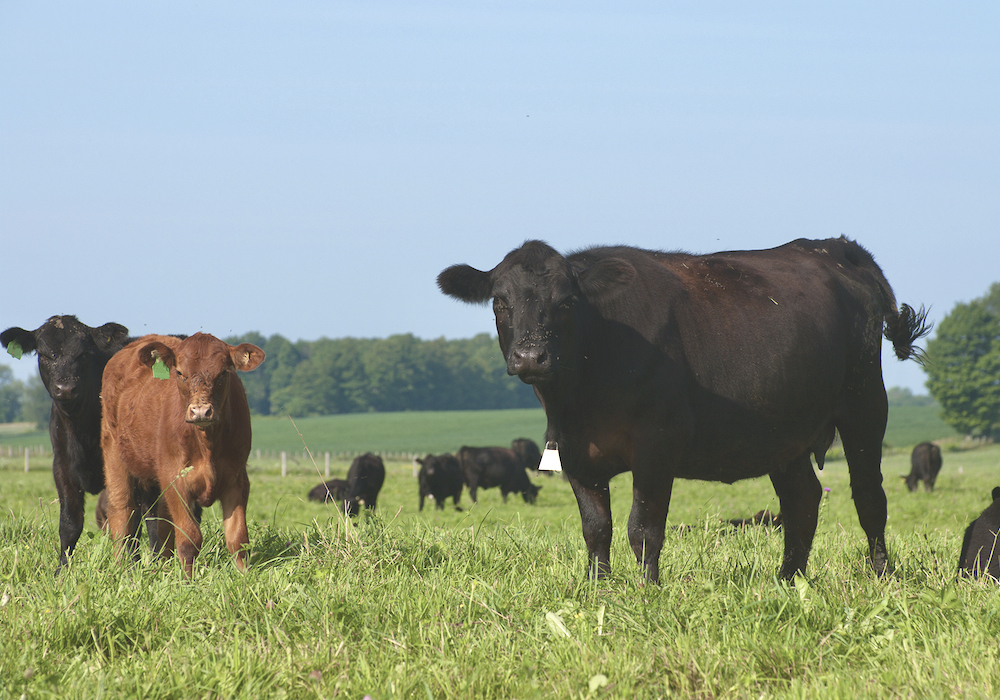Ontario beef brand rebuilds Asian markets post-COVID

Last year was tough for Ontario’s beef exports as supply chains were rebuilt post-COVID and a port strike in Vancouver kept beef from making its way to Asia on time.
Read Also
Sucro Can to open Canada’s largest sugar refinery in Hamilton
Sucro Can has announced plans to build Canada’s largest sugar-processing plant in Hamilton. The facility is expected to open in…
COVID hit Japan very hard, says John Baker, director of Brand Management and Business Development for the Ontario Corn-Fed Beef (OCFB) program.
Why it matters: Exports help increase the value of cattle and can help provide a market for extra carcass parts that aren’t popular in Ontario.
Beef export volume to Japan in 2023 was equal to 46,000 head of Ontario cattle. That’s down from a high of 75,688 head in 2022. Over four years, Baker says that’s about 252,000 head exported from Ontario.
Four years is significant, as that’s the length of the Ontario Beef Market Development Program, funded by industry and governments.
The strength of the relationships the program has with its customers in Japan has helped limit the drop in sales, he says.
The OCFB program was able to get back to Japan last year and continue to work on those relationships.
Ontario Corn-Fed Beef is the branded beef program of the Ontario Cattle Feeders’ Association.
Baker was speaking at the organization’s annual Beef Industry Convention. OCFB competes on differentiation instead of volume as a small player in a large world of beef products, and Baker says that differentiation is based on what farmers do in their operations.
OCFB targets stable, often regional supermarket companies in Japan, like Kinsho, an almost 10-year partnership. Kinsho has a summer barbecue promotion around Ontario Corn-Fed Beef that draws 20,000 mail-in entries for a chance at a barbecue special event.
“We want partners that are committed to their communities and the people in their communities,” says Baker.
OCFB is known for its promotions truck that sets up outside grocery stores and events in Ontario, and has tried to recreate that in Japan, although with a smaller vehicle that shows up at events promoting Ontario beef. The truck has visited 20 events since its purchase in spring 2023.
The strike at the Port of Vancouver had a significant effect on how much beef could be exported last year. Container loads were cancelled or returned when they couldn’t leave the continent. Baker said it could have reduced Japanese exports by about 40 per cent.
Asia and the Middle East continue to provide new markets for Ontario beef. Baker says they are working on partnerships in Korea and Vietnam, where Canada has preferential trade status compared to the United States.
Saudi Arabia, the United Arab Emirates and Qatar are all countries with potential, as they are middle-sized customers.
Saudi Arabia, with its Saudi Vision 2030 program, is investing heavily in growth.
“Our distributor partners are already working on adding products in the marketplace and working on new products and new packaging to be in place before 2030,” says Baker. “They raise little beef, so there are tremendous growth opportunities in those markets.”
The Ontario Heritage Angus Beef brand meat is in 32 stores in Saudi Arabia.
Domestically, Ontario Corn-Fed Beef continues to be available across Loblaw store brands.
“Having the leading industry retail chain as a partner is not a bad place to be,” says Baker.
The OCFB program has a new partnership with Rowe Beef, a Mississauga-based further processor that has no connection back to the farmer. It came to OCFA to find that connection and it has since launched a Wellington County Beef brand with OCFB-program cattle.
Baker says the continuation of the Ontario Beef Market Development program beyond its four-year funding will be important.
The program is looking for $500,000 annually from OMAFRA. He says the return on investment in the first four years has been 24-1.
“Basically that would help us with maintaining and growing our share of export markets, and expand our efforts in the new market opportunities.”
Source: Farmtario.com

